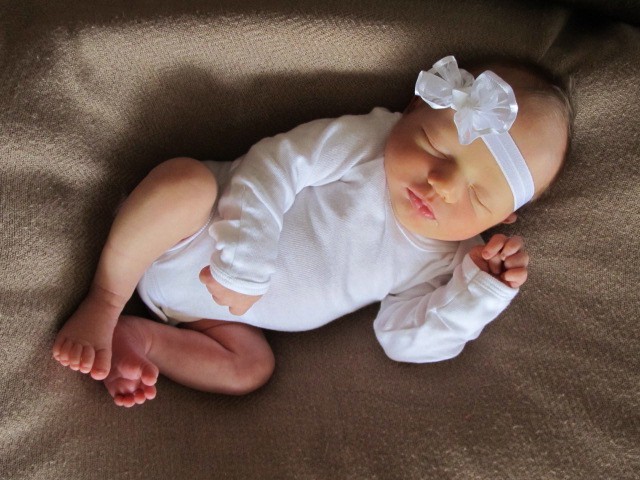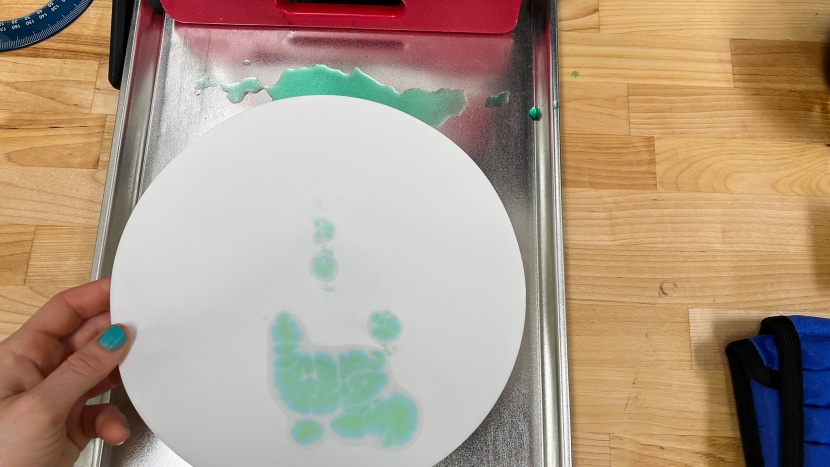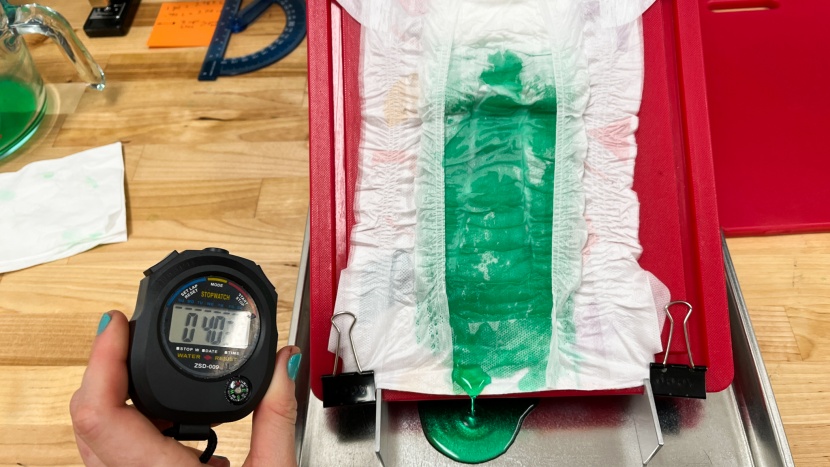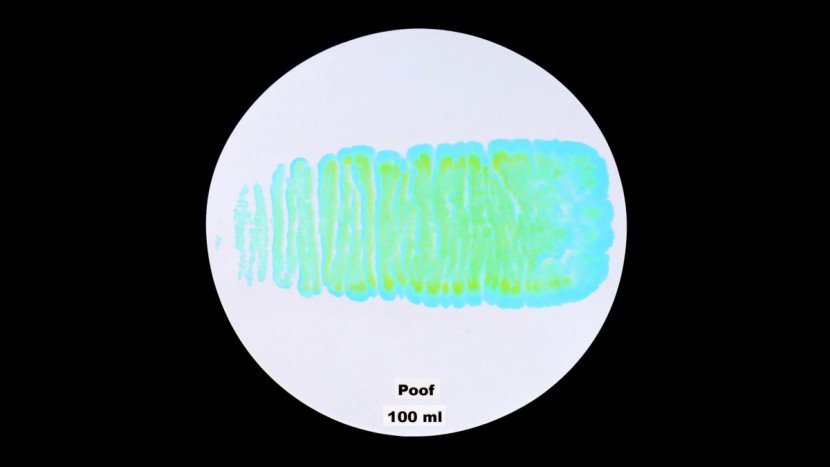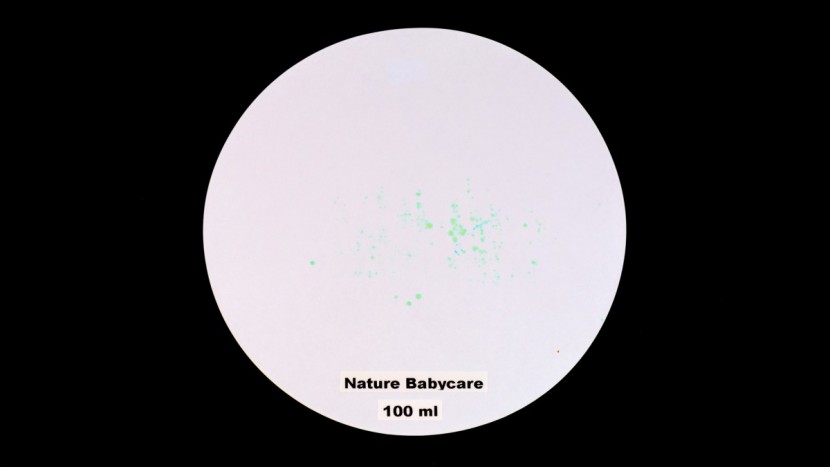We have tested more than 60 of the most popular and highest rated diapers, including several eco-friendly diapers, in a side-by-side comparison to determine which was the absolute best and best for your little one's needs.
Hands on Testing
We test each diaper in normal day-to-day use over a 3+ month test period and carefully note each diaper's performance relative to its competitors. We notice that hands-on testing observations for absorbency correlate well with our lab test findings. For example, diapers that feel wet to the touch on the surface after a diaper change were the same diapers that score poorly in our lab tests for absorption.
Fit and Leakage
We rely on our observations from normal day-to-day diapering, our in-house leak and absorption tests, and Amazon user reviews to determine fit and leakage. Since we can't ask an infant to report comfort, we carefully assess any marks on the skin and determine if they were caused by the diaper and why. We also line up each diaper to feel and investigate tab placement, leg and back elastic quality, as well as to rough them up a bit and determine construction. After spending some time comparing and getting to know each diaper, we assign a score for their leakage, fit, durability, and comfort.
Creating the Lab Tests
Between our extensive hands-on testing and research and reading parents' opinions on diapers, we believe the number one performance consideration when buying a diaper is absorption. This was not a big surprise since manufacturers tend to emphasize their brand's absorbency in marketing and advertising. Absorption plays a key role in diaper performance because keeping a baby's skin dry helps avoid diaper rash and overall leaks. The other concerns were leaks, comfort, durability, and eco-health. We then assigned each a % weighting value in our overall ratings.
- Absorption 45%
- Leaks 25%
- Comfort 20%
- Durability 10%
Every diaper was carefully reviewed and scored on this system to determine its rank and to select the winners.
Lab Testing Absorbency
While stating that absorption is the #1 performance factor is easy, actually testing for it in a fair and objective manner is another thing altogether. We found that making fair scores based on hands-on use testing with babies proved too imprecise; it is hard to determine fairly how much and often a child is urinating, and these variances made judging diaper performance solely from hands-on testing too subjective.
We also found that the easiest test, namely soaking the diaper completely and measuring the total weight of liquid absorbed, did not predict or correlate to the actual performance differences we observed in hands-on use (this type of test is also discredited by industry professionals, see the section on Inspiration below). We believe that the reason a soaking test fails to predict real-world performance is that it ignores the importance of a diaper's ability to accept urine flow from a point of entry from the middle of the inner surface and then redistribute the fluid throughout the diaper's inner core (and away from baby's skin). We found this to be the crucial factor that separated a great diaper from a good one.
We set out to create a diaper absorption test designed to simulate how effectively the diaper absorbs a significant urination event into a diaper's inner core and measure the amount of surface moisture remaining next to the baby's skin. We're not so much testing for the absolute maximum ability to absorb fluid like a sponge, as we are looking for a diaper that can absorb a large urine release into the inner core of the diaper while keeping the surface area next to the baby's skin as dry and comfortable as possible.
Umm… Can You Mix Up Another Batch of Mock Urine?
So, after experimenting with various approaches to testing absorbency, we eventually came up with the test described below. First, we added salt and food dye to sterile filtered water to create mock urine with salinity that matches baby urine. Then we used a medium-sized syringe to distribute 100 ml of the fluid into the diaper, using a standardized entry location and flow rate that approximates actual urination. We choose 100 ml to simulate a heavy overnight urine event for a size 1 diaper.
To put the 100 ml in perspective, that would correspond to a heavy overnight wetting volume from a well-hydrated 14 lbs baby, at the upper limit of the size 1 range, which is what we were after to put the diapers to the task at stress-test levels. After slowly wetting the diaper with 100 ml, we waited one minute for the diaper to absorb and distribute before adding 15 lbs of weight evenly distributed over the diaper area. This process was then repeated for another one-minute interval of rest and weighting. We believe this weighting and the unweighting process is important to be realistic since the diapers are designed to redistribute the urine and then (ideally) absorb/lock it into the core away from the baby's skin. Baby's movements play a role in that redistribution process. The time and 15 lbs weight was used to simulate, in a standardized and highly repeatable manner, the redistribution of fluid in the diaper's core that naturally occurs from the baby's movements. At the end of this process, most diapers will have absorbed the 100 ml into their inner core, and the surface layer which sits next to the baby's skin should be mostly dry. However, we found that some diapers did not completely trap the fluid in the diaper core; some diapers leaked from the edges, exhibited spots where fluid pooled, or simply were wet to the touch across significant areas of the diaper's top layer.
To create a record of the surface wetness on the layer next to the baby's skin, we placed a science-grade filter paper on the diaper with 5 lbs of weight on top for 1 minute. Any green-dyed mock-urine moisture at the surface layer was readily absorbed into the filter paper, creating a visual record of how much mock-urine remained closed to the baby's skin versus locked into the diaper's inner core. We've included comparison photos of each diaper's filter paper tests in our reviews to help document our findings. We found these absorbency tests predicted accurately and with higher precision, the same performance differences we more subjectively observed in our hands-on testing with a baby in normal day-to-day use.
The photos above compare the Poof diaper with the worst absorbency in our past tests (left) and Eco by Naty (right).
Inspiration
Our absorption lab tests were inspired in part by a 10-page white paper published by P. Hardy of Disposable Consultancy Service. Mr. Hardy is a consulting engineer who has invented various diaper testing machines and is familiar with the details of diaper manufacturing and design from years of industry experience. Mr. Hardy points out that the most typical test, namely soaking the diaper to determine its maximum absorbency, does little to predict the actual characteristics parents cite as most important in focus group panels. His white paper outlines more sophisticated testing methods that more closely predict actual field performance. Mr. Hardy's white paper can be found here.
What's In Those Diapers Anyway?
We relied on the manufacturers' claims to determine the most “green” diaper, meaning baby and earth-friendly. This is an intense debate, with many reporting that no disposable can be green, thereby advocating only cloth diapering. We purposefully did not try to determine disposables versus cloth diapers. We intentionally kept the reviews separate, although we do use the same scoring system and absorption testing processes for both.
It was difficult to tell which diaper contained what and how that particular item was different from what other diapers contained. Manufacturers sometimes offer information, but it is usually vague, often full of greenwashing, and intentionally misleading without telling you much. We suggest you proceed with caution concerning ingredients and potential irritants. Whether it is dyes, lotions, fragrances, or other additives, we've found that most manufacturers are bending words to suit their needs, and we'd suggest taking any claim with a grain of salt. Less is more, and we'd like them all to use less, and we encourage manufacturers to be transparent going forward so parents can make educated decisions based on similar data.
No Bias
None of the diapers were given advantages or preferences in our tests. We pride ourselves on simply reporting our findings in an accurate and objective manner without bias. Some parts of our testing were inherently subjective, such as fit and comfort. However, when combined with the diaper's absorbency performance, it did directly link to leaks. In the end, we simply wanted to report what we saw in our tests, supported by facts from our research and experience.
Good luck with diapering, and may potty training come sooner rather than later!
